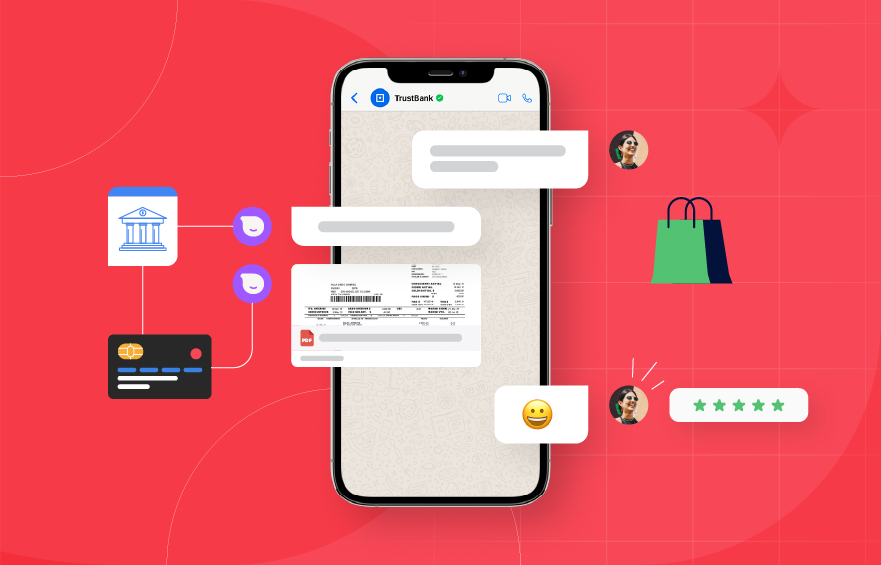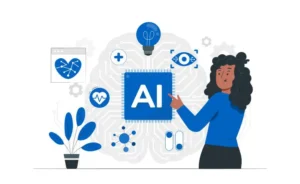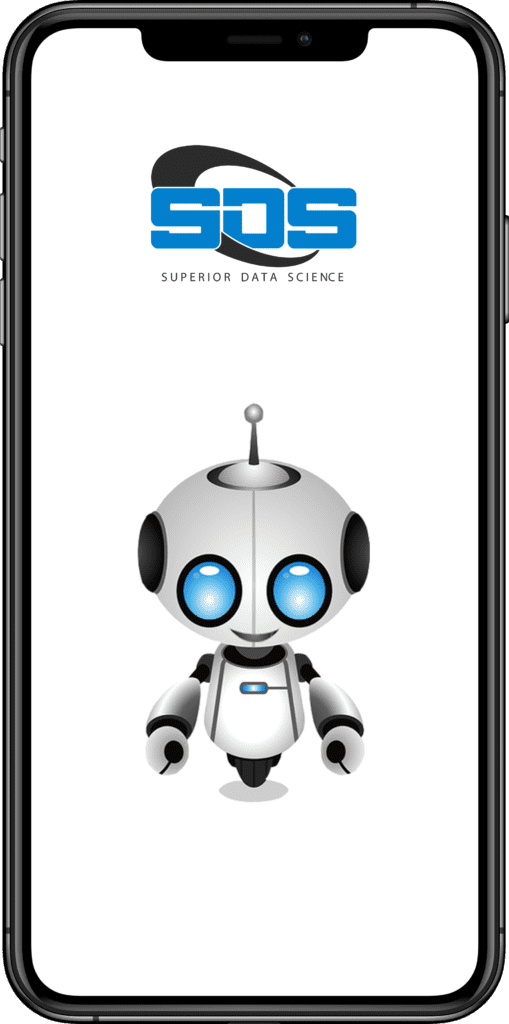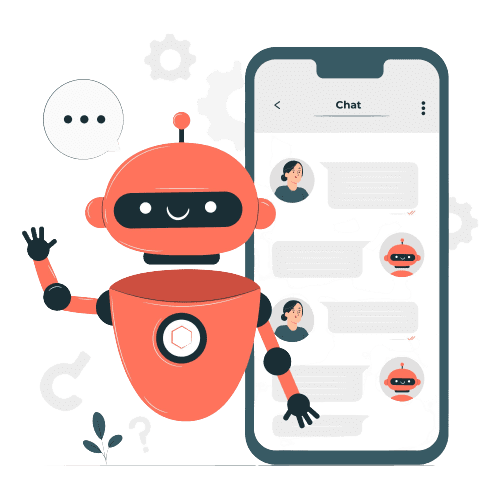As the world becomes more digital, businesses are looking for ways to streamline their operations and offer better customer service. One way they are doing this is by integrating chatbots into their existing systems. Chatbots are computer programs that can simulate human conversations, and they are becoming increasingly popular in businesses of all sizes. In this article, we’ll explore how chatbots can be integrated into existing business systems and the benefits they can offer.
What Are Chatbots?
Before we dive into the specifics of how chatbots can be integrated into business systems, let’s first define what chatbots are. Chatbots are computer programs that can simulate human conversations. They use artificial intelligence (AI) to understand and interpret human language, and they can respond to customers’ inquiries and requests in a natural and conversational way. Businesses can leverage chatbots by deploying them on various platforms, including websites, social media platforms, and messaging apps. These chatbots serve different purposes such as customer service, sales, and marketing, providing flexibility and reaching a wider audience.
Benefits of Integrating Chatbots into Business Systems
Integrating chatbots into business systems can offer a range of benefits, including:
1. Improved Customer Service
Integrating chatbots into business systems offers numerous benefits. Firstly, chatbots can automate routine tasks, saving time and resources for businesses. Secondly, they provide instant responses to customer inquiries, enhancing customer service. Thirdly, chatbots can assist in lead generation and sales by engaging with potential customers and providing product information. Moreover, chatbots offer scalability, as they can handle multiple conversations simultaneously without compromising the quality of interactions. Lastly, chatbots collect valuable data and analytics, enabling businesses to gain insights into customer preferences and improve their overall operations.
2. Cost Savings
Integrating chatbots into business systems can result in cost savings. Chatbots efficiently handle high volumes of inquiries and requests, reducing the workload of customer service agents. This can lead to reduced staffing needs and cost savings for businesses. By automating repetitive tasks, chatbots increase operational efficiency, further contributing to cost savings. Additionally, chatbots offer 24/7 availability, eliminating the need for round-the-clock customer service staff and reducing labor costs. Overall, chatbot integration can optimize resource allocation and generate significant cost benefits for businesses.
3. Increased Sales
Chatbots have the potential to drive sales by offering personalized product recommendations and assisting customers during purchases. With their ability to engage customers in real-time conversations, chatbots can provide valuable information and address any queries, thereby boosting customer confidence and increasing sales. By streamlining the sales process and enhancing the customer experience, chatbots contribute to higher conversion rates and revenue growth for businesses. Additionally, chatbots can offer upselling and cross-selling opportunities, maximizing sales potential and generating additional revenue streams. Leveraging chatbots for sales purposes can significantly impact the bottom line of businesses.
4. Data Collection
Integrating chatbots into business systems enables businesses to collect valuable customer data. By engaging in conversations with customers, chatbots can gather information on their preferences, needs, and behaviors. This data can provide valuable insights for businesses to improve their products and services. Understanding customer preferences allows businesses to tailor their offerings to meet customer demands and enhance customer satisfaction. By leveraging chatbot-collected data, businesses can make data-driven decisions and refine their strategies for better customer engagement and success.
How to Integrate Chatbots into Business Systems
Having examined the benefits of integrating chatbots into business systems, let’s now delve into the process of integrating them. Here are the steps you can follow to integrate chatbots into your business systems:
1. Define the Purpose of the Chatbot
Integrating a chatbot into a business system starts with clarifying its purpose. This includes determining the specific tasks the chatbot will handle and the objectives it aims to accomplish. Defining the chatbot’s purpose ensures alignment with the business’s goals and sets the foundation for successful integration. Next, businesses need to select a suitable chatbot platform or framework. Evaluating different options and considering factors like functionality, customization capabilities, and integration possibilities is crucial in making an informed decision.
2. Choose a Chatbot Platform
After defining the chatbot’s purpose, selecting a suitable platform is the next step. Popular chatbot platforms like Dialogflow, Microsoft Bot Framework, and IBM Watson offer diverse features and capabilities. Businesses should evaluate these platforms based on their specific requirements. Once a platform is chosen, the chatbot development process begins. This involves designing conversational flows, creating dialogue scenarios, and implementing the necessary backend functionality.
3. Develop the Chatbot
Once the planning phase is complete, the development of the chatbot begins. This process includes designing conversation flows, determining appropriate responses, and training the chatbot to comprehend and interpret natural language. Developers implement the necessary algorithms and programming logic to enable the chatbot to understand user queries and generate relevant responses. During development, rigorous testing is conducted to identify and fix any bugs or issues in the chatbot’s functionality and performance. Continuous improvement is essential, and developers iterate on the chatbot based on user feedback and usage data. Once the chatbot is thoroughly tested and refined, it is ready to be deployed and integrated into the business system.
4. Integrate the Chatbot into Existing Systems
Once the chatbot has been developed, the integration process begins, which entails establishing connections between the chatbot and the relevant APIs and databases. Developers ensure that the chatbot can access and retrieve data from the required systems to provide accurate and up-to-date information. Integration may involve configuring authentication protocols and permissions to ensure secure access to sensitive data. Compatibility and interoperability are tested to verify that the chatbot seamlessly interacts with the existing systems. Once integration is successfully completed, the chatbot is ready to enhance the functionality and efficiency of the organization’s systems.
5. Test and Refine the Chatbot
After integrating the chatbot into the existing systems, the next crucial step is to test and refine its performance. Businesses must ensure that the chatbot functions properly and delivers a positive user experience. Thorough testing involves simulating various user interactions to identify any issues or bugs that may hinder the chatbot’s performance. Additionally, user feedback and analytics play a vital role in refining the chatbot’s functionality. By actively seeking feedback and analyzing user behavior, businesses can gain valuable insights into areas for improvement. This data-driven approach enables businesses to make informed refinements and enhance the chatbot’s overall performance. Continuous monitoring and evaluation are essential to detect any shortcomings and implement necessary adjustments promptly. By proactively monitoring the chatbot’s performance, businesses can identify areas of improvement and address any potential issues or bottlenecks.
Conclusion
In conclusion, integrating chatbots into existing business systems can offer a range of benefits, including improved customer service, cost savings, increased sales, and data collection. To integrate chatbots into business systems, businesses should define the purpose of the chatbot, choose a chatbot platform, develop the chatbot, integrate it into existing systems, and test and refine it. As businesses continue to adapt to the digital age, integrating chatbots into their systems can help them stay competitive and provide better service to their customers. By automating routine tasks and providing instant responses to customer inquiries, chatbots can help businesses operate more efficiently and effectively. If you’re looking to integrate chatbots into your business systems, be sure to follow the steps outlined in this article and choose a platform that best suits your needs. With the right approach, chatbots can be a valuable addition to any business system.
FAQs
1. Can chatbots replace human customer service agents?
Although chatbots excel at managing a high volume of inquiries and requests, they may have limitations when it comes to addressing complex issues that necessitate human intervention.
2. Do businesses need to consider any ethical implications when using chatbots?
Yes, businesses should ensure that chatbots are transparent and not designed to deceive customers.
3. Can businesses customize chatbots to suit their specific needs?
Certainly! Businesses have the ability to customize chatbots according to their specific needs and goals.
5. How much does it cost to integrate a chatbot into a business system?
The cost of integrating a chatbot into a business system can vary depending on the complexity of the chatbot and the platform used.
6. What is the future of chatbots in business?
Businesses foresee a greater role for chatbots, particularly in customer service and sales, as they evolve and attain increased sophistication in the future.











